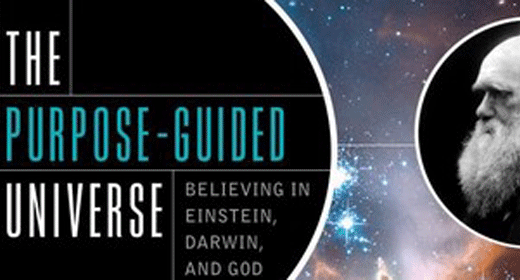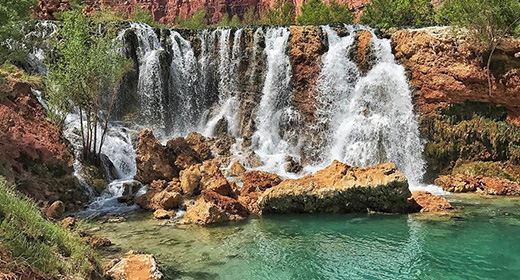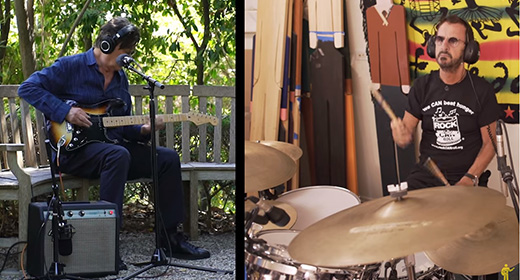by David Freeman: New analysis shows the controversial Grolier Codex is no forgery…
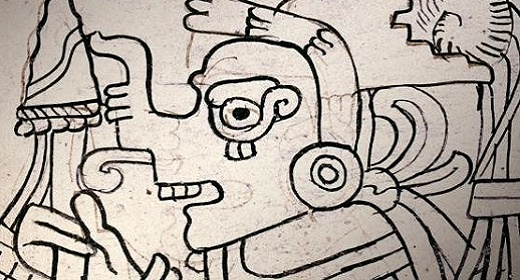
A mysterious and long-disputed document purported to be America’s oldest surviving manuscript is genuine.
That’s the conclusion of a new review of research on the Grolier Codex, a fragmentary 13th Century Maya text whose unlikely provenance ― it was reportedly found by looters in a Mexican cave in the 1960s ― had led some to conclude that it was likely a forgery.
“With this review, which examines information that a forger in the early 1960s could not possibly have known, it becomes crystal clear that this is the earliest surviving book in the New World,” Dr. Stephen Houston, a Brown University archaeologist and a member of the team that conducted the review, told The Huffington Post in an email.
As described recently in a paper published in Maya Archaeology, the team reached their conclusion after an exhaustive analysis of existing research on the codex (the term is used to describe a manuscript in book form).
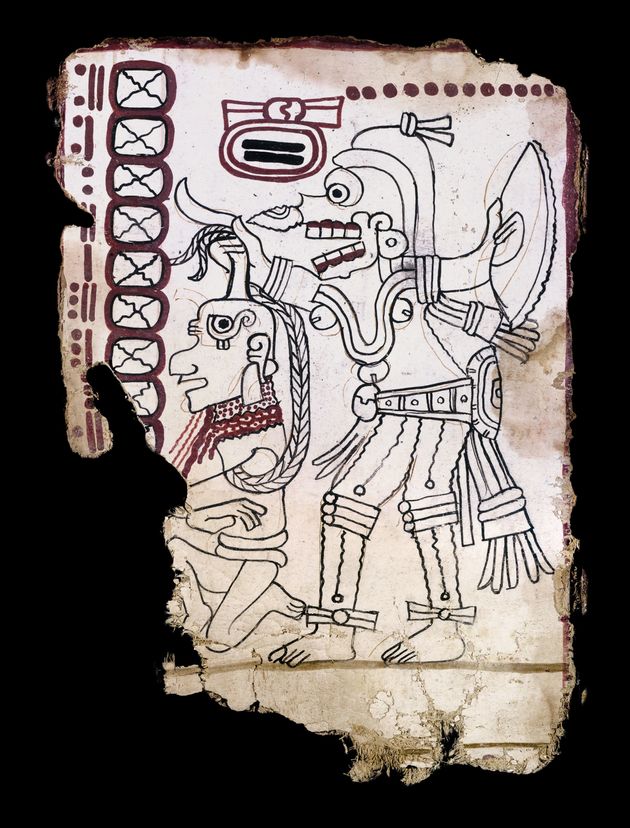
Among the things the researchers considered were the type of paper and the style of the illustrations in the Grolier Codex, which takes its name from New York City’s Grolier Club, where it was displayed in 1971.
The researchers also checked the results of carbon dating (C-14) tests of the 10 painted pages that make up the codex, which features illustrations of human forms believed to represent deities as well as a description of the motions of the planet Venus.
Houston said everything added up. And at least one noted expert on Maya civilization concurs.
“It’s a very thorough study, and I wholeheartedly agree that the Grolier Codex is genuine,” Dr. David S. Stuart, professor of Mesoamerican art and writing at the University of Texas, told HuffPost in an email. “I always thought it was OK considering the old C-14 dates of the bark-paper under the paintings.”
Some critics had argued that the codex might be a modern forgery created on that pre-Columbian paper, Houston said. Others claimed that the sketch lines, called pentimenti, visible within the document’s illustrations were never used by ancient Maya artists.
But “where has all that paper gone?” Houston asked rhetorically, adding that similar pentimenti can be seen in Maya wall paintings at the Chichen Itza ruins in Mexico’s Yucatan Peninsula.
Then there is the fact that any forger would have to have intuited the existence of deities that had not yet been rediscovered in the early 1960s. And he or she would have had to figure out how to create Maya blue, a pigment that wasn’t synthesized in the lab until the 1980s, according to a written statement released by the university.
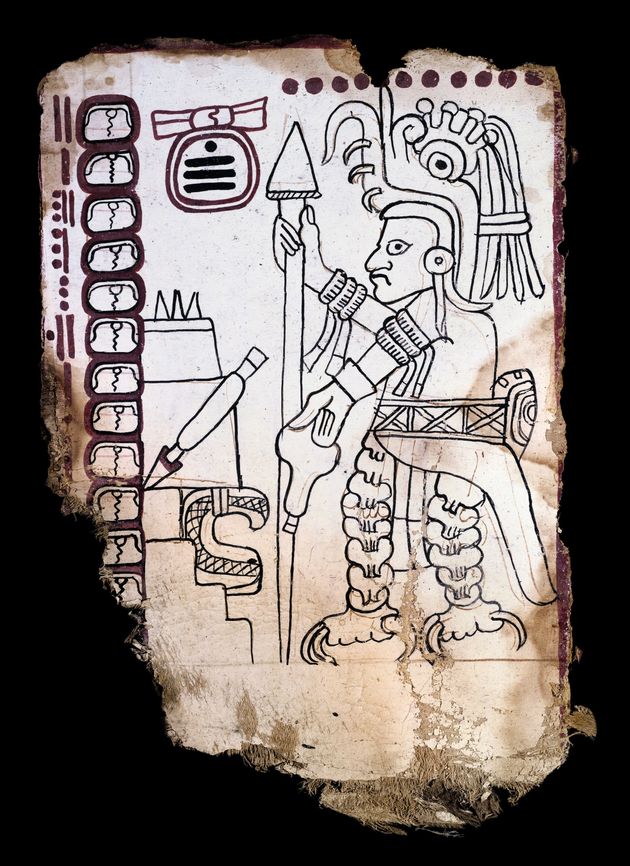
Perhaps the biggest source of doubt about the codex’s authenticity was its unlikely discovery.
Looters reportedly unearthed the codex in a cave in Chiapas, Mexico, and then took a wealthy collector to see it after flying him to a nearby airstrip aboard an airplane whose compass was hidden under a cloth.
Given such cloak-and-dagger stuff, “It became a kind of dogma that this was a fake,” Houston said in the statement.
But now that the codex has been authenticated as the oldest surviving book in the New World, he told HuffPost, “That should lead scholars to break out the champagne!”



